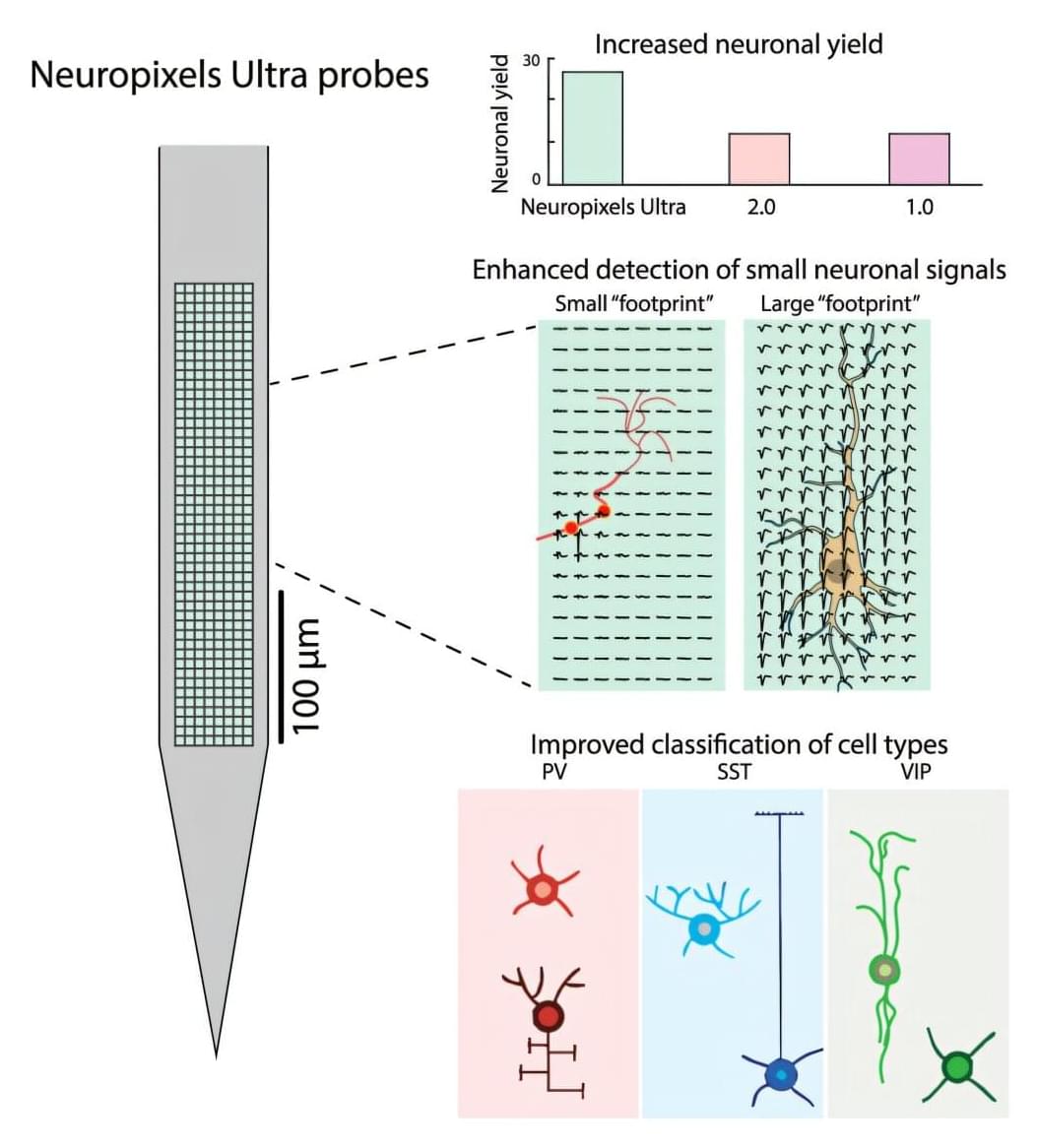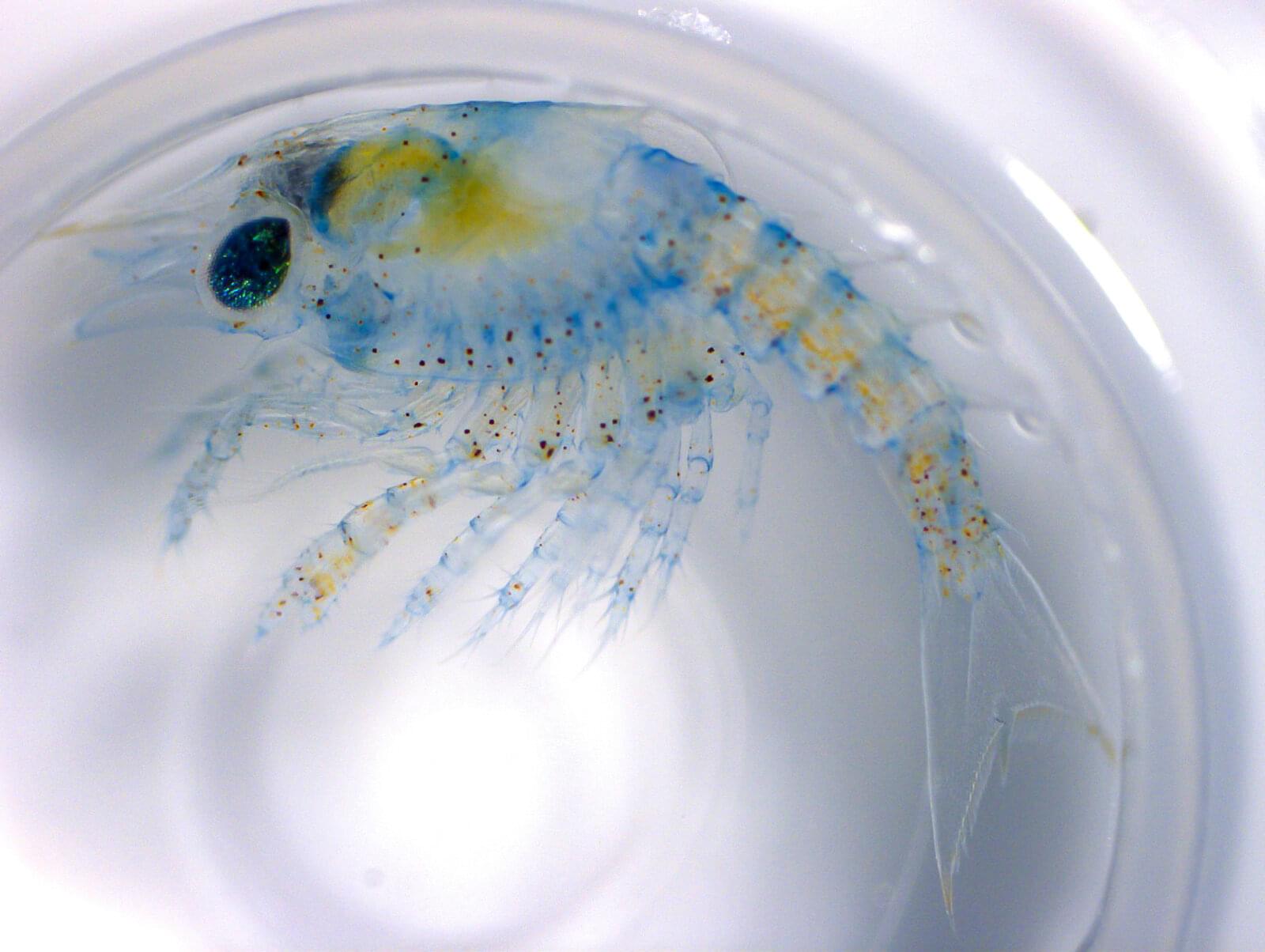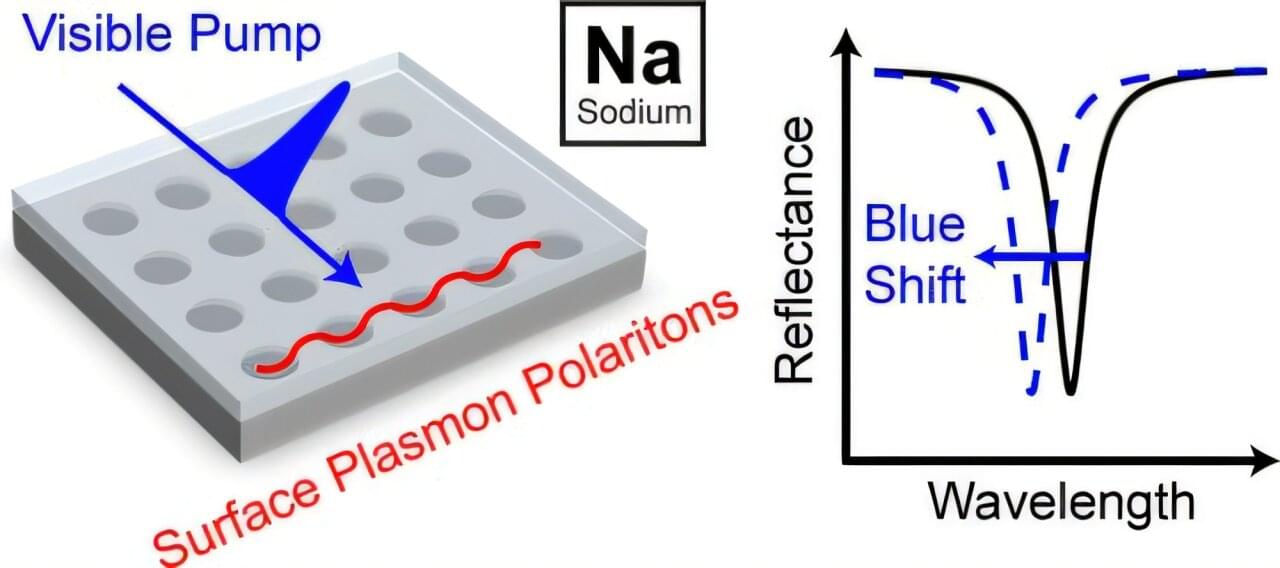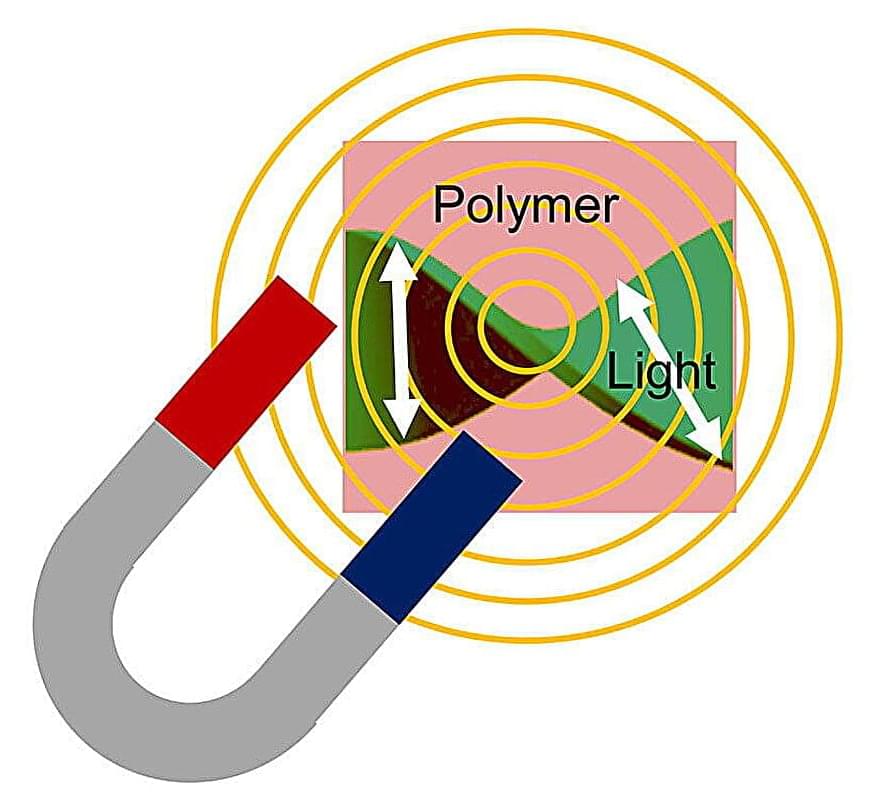Trying to document how single brain cells participate in networks that govern behavior is a daunting task. Brain probes called Neuropixels, which feature high-density silicon arrays, have enabled scientists to collect electrophysiological data of this nature from a variety of animals. These include fish, reptiles, rodents and primates, as well as humans.
Neuropixels, which come in several versions, record electrical activity from hundreds to thousands of neurons simultaneously. Neurons are nerve cells that receive, process and transmit information.
While the data collected has led to insights on the neural basis of perception and decision-making, those probes cannot sample fine-scale brain structures. They also are limited in resolving (separately distinguishing) the electrical fields around individual brain cells.









